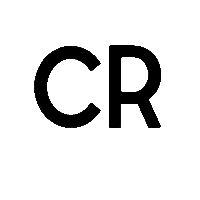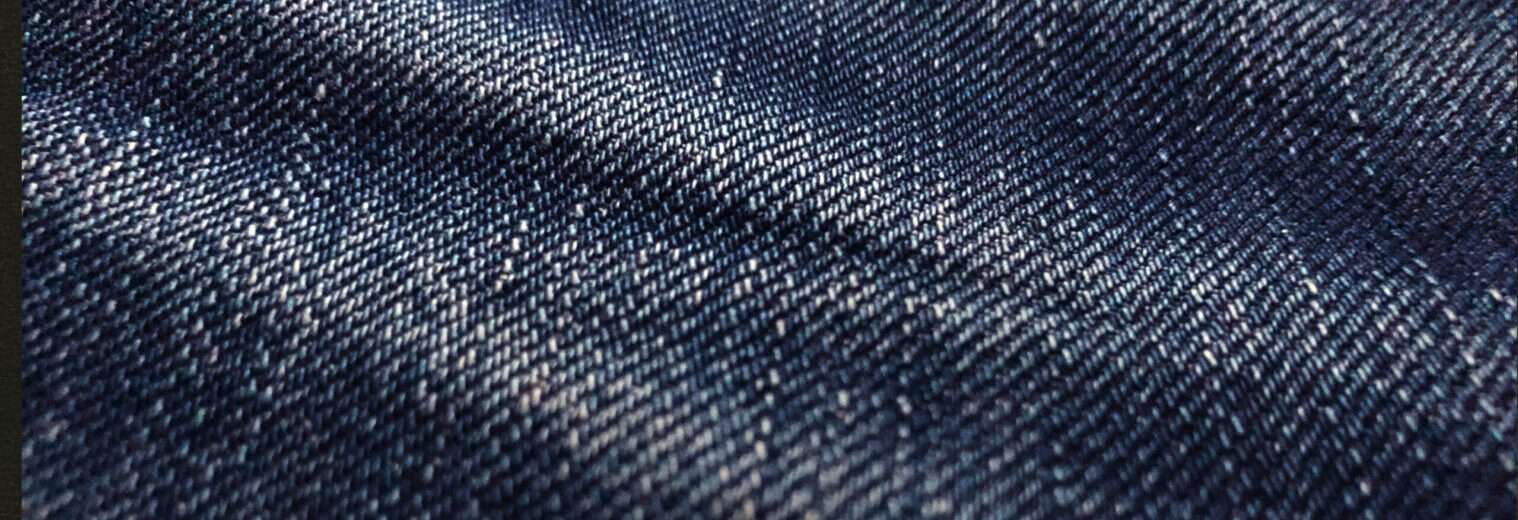
What is the Difference Between Denim, Chambray & Dungarees?
Pliny provides a comprehensive account in his “History of Nature” regarding the nature of Tyrian purple, the methods used to extract it from shellfish, and the application techniques on fabrics. The dyeing material was derived from specific shellfish collected along the coast, and recent research has revealed that this dye was dibromindigo, a substance that can now be synthesized and is one of the modern “vat” dyestuffs. According to Pliny, the Greeks during the time of Alexander the Great were familiar with the art of dyeing wool in purple and other colors, as well as dyeing linen in black, yellow, blue, and green shades that were resistant to washing. Plutarch informs us that dyeing was practiced as a handicraft in Rome, and Numa Pompilius, an early Roman king, sought to support and promote this craft by establishing a college dedicated to it. This “collegium tinctorum” is noteworthy as possibly the first dyeing school ever established.

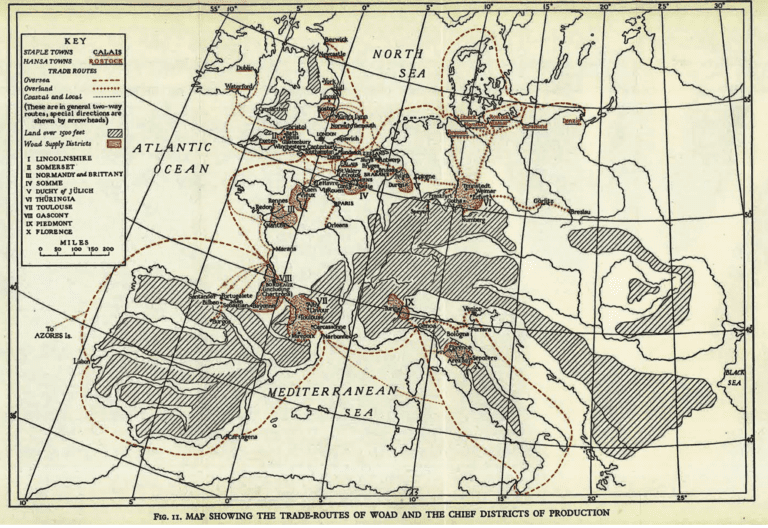
The Edict of Nantes : April 13, 1598
The Edict of Nantes, signed on April 13, 1598, by King Henry IV of France, was a landmark decree that granted substantial rights to the Protestant Huguenots, who were a minority in a predominantly Catholic nation.
The edict aimed to provide religious toleration to the Huguenots, who had long struggled for their rights in France. Its main provisions included:
1. Freedom of conscience and the right to practice Protestantism in certain specified towns and cities throughout France.
2. The right to hold public office, including serving as judges and administrators, without having to renounce their religion.
3. The right to establish and maintain their own schools and universities, with government funding.
4. The right to fortify their towns and cities for their protection.
5. The right to maintain their own military forces, known as the “Huguenot militia,” paid for by the French government.
6. The right to engage in specific trades and professions, such as textile and arms manufacturing.
7. The right to travel freely within France without being subject to searches or property seizures.
8. The right to bury their dead in their own cemeteries.
The Edict of Nantes played a significant role in ending the Wars of Religion in France, which had ravaged the country for many years. It provided the Protestant minority with religious and political freedom, contributing to the establishment of a more tolerant and pluralistic society in France. However, King Louis XIV revoked the Edict in 1685 with the Edict of Fontainebleau. This led to a mass exodus of Huguenots from France and resulted in the loss of talented individuals and resources for the country.
Henry IV’s primary goal in issuing the edict was to promote civil unity. By separating civil and religious unity, the edict recognized Protestants as more than mere schismatics and heretics and paved the way for secularism and tolerance. It granted general freedom of conscience and offered specific concessions to the Protestants, including amnesty and the reinstatement of their civil rights. They were allowed to work in any field, even for the state, and had the right to address grievances directly to the king. The Edict of Nantes successfully marked the end of the French Wars of Religion, which had plagued France in the latter half of the 16th century.

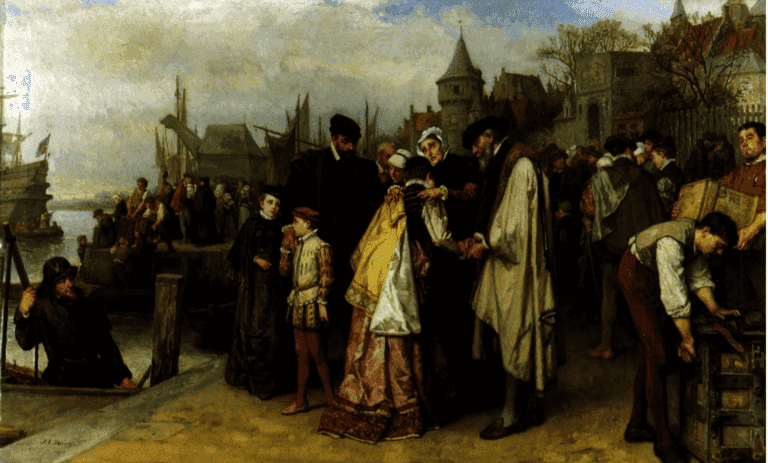
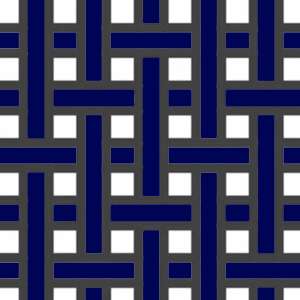




If this statement is ture, then both items are considered ancestors, and neither of them is not. The reason behind this is that they differ in terms of dyeing and materials used. Undoubtedly, there must have been a rich history even before the rivets were introduced, solidifying their connection as genealogies of that lineage.
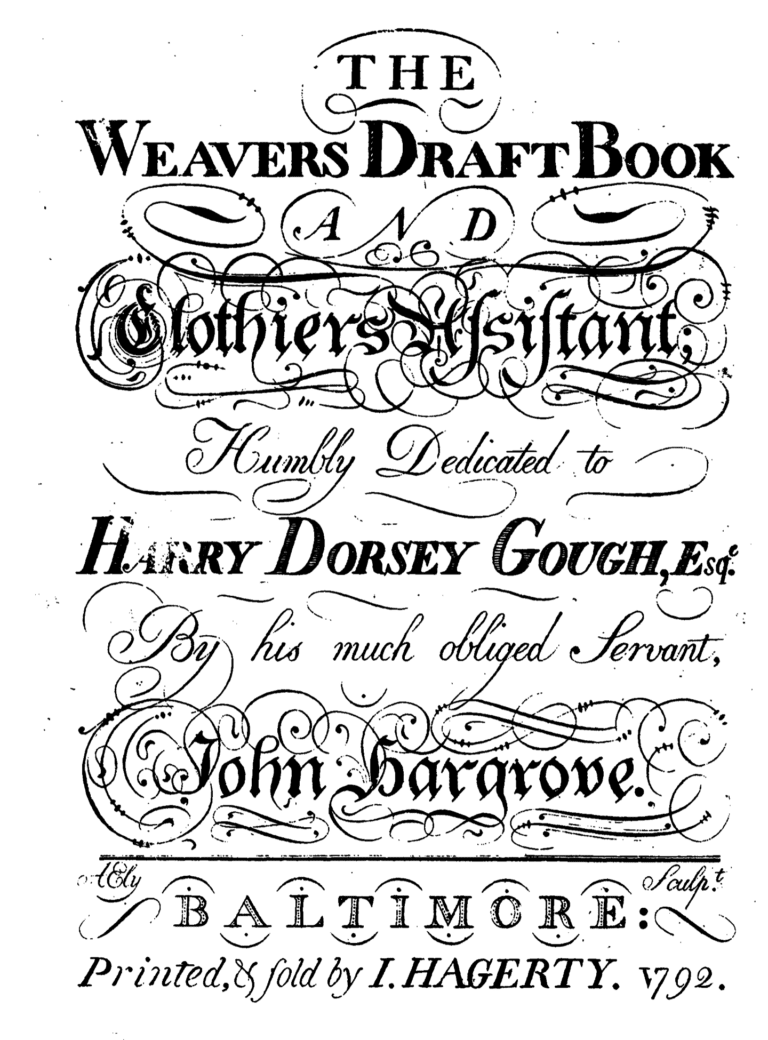
The English word jean actually came from a French term in the mid 1400s. This was Jene Fustian’s term, but it’s a term that has long since fallen out of use. The word Fustian refers to a type of twilled cotton cloth and Jene was a city in Genoa. Thus jene fustian was Genoan Fustian or Justian from Genoa. (The current French name for Genoa isn’t much different.It is Gênes.)
When the word jeans arrived in English, it referred to this twilled cotton cloth and jeans was first used for pants made from jean in about 1843. It was probably used in the plural as “jeans” to correspond with trousers, an older word. and with pants,itself first shortened from as an made from jeans in about 1843. It was probably used in the plural as “Jeans” to correspond with trousers, an older wold,and with pants,itself first shorted from pantaloons in 1840.
the plural “jeans” to correspond to the old word trousers. The pants themselves are his 1840 shortened pantaloons for the first time. Thus when jeans returned to French as un-Jean was another of the words we have discussed which started as a French word, was adopted into English, and returned to French in altered form as an anglicisme.
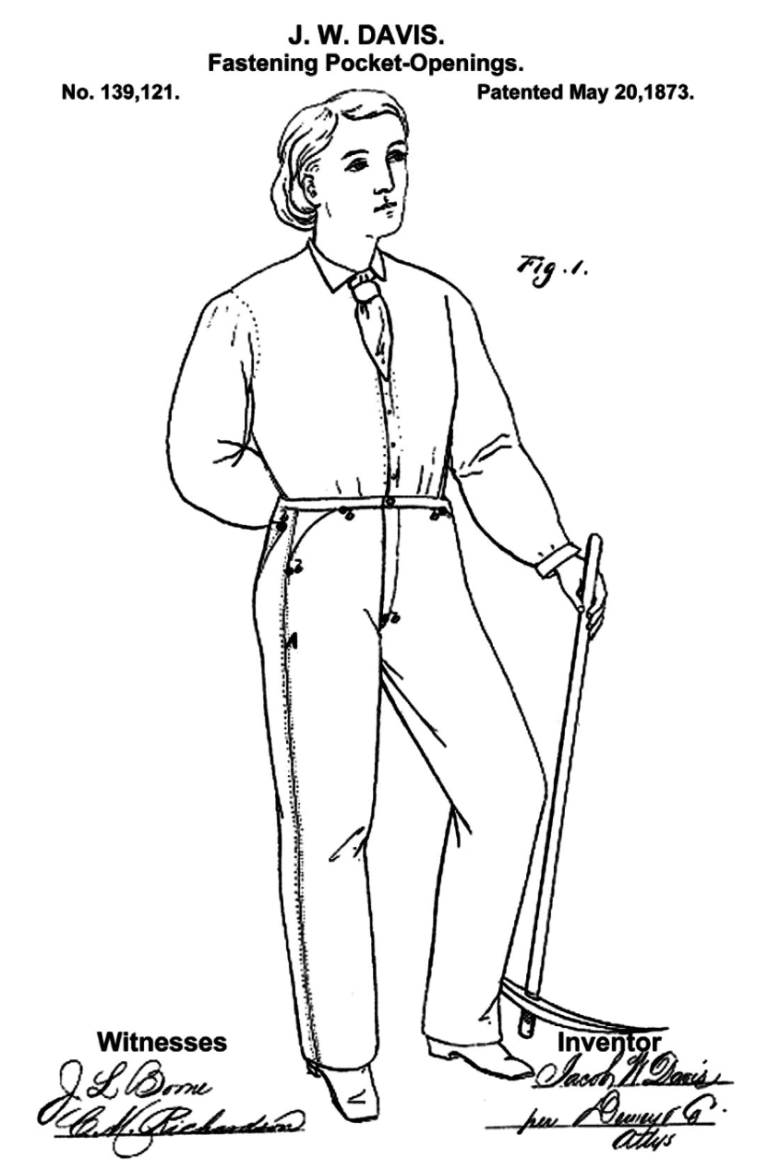

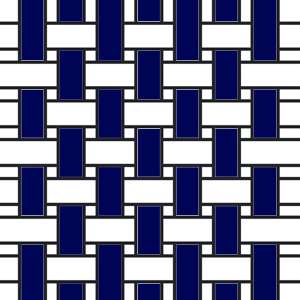

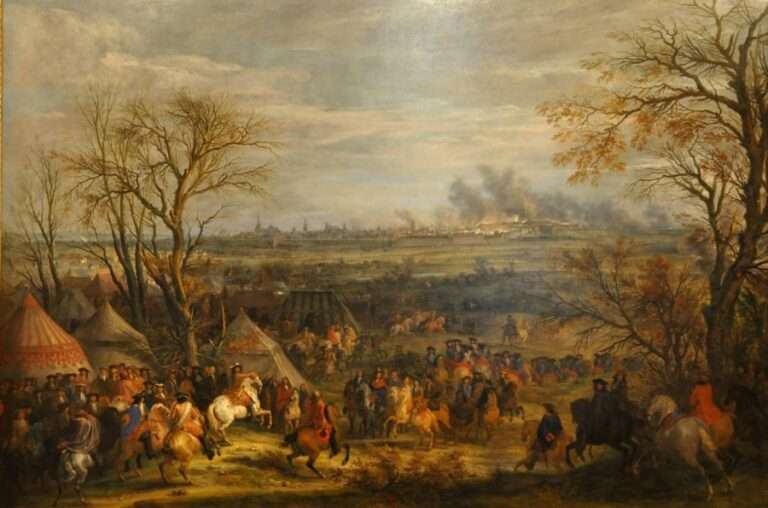
The term “blue collar” originated in 1924 when it was used to describe trades jobs in an Alden, Iowa newspaper. The term was inspired by the attire of manual workers who often wore blue denim or chambray shirts as part of their work uniforms. These workers, employed in industrial and manual labor, commonly wore durable canvas or cotton clothing that could become soiled during their tasks. The choice of navy and light blue colors for their attire was practical, as these shades helped conceal potential dirt or grease, making the workers appear cleaner. To protect their clothing, many blue collar workers also wore boilersuits, which are often designed in blue. In some cases, blue collar workers sport uniforms that bear the name of the business or the individual’s name, either embroidered or printed on the clothing. Throughout history, the color blue has been associated with manual laborers, in contrast to the preference for white dress shirts among those working in office environments. This blue collar/white collar color scheme carries socio-economic class implications. However, with the growing significance of skilled labor and the rise of low-paying white-collar jobs, this distinction has become increasingly blurred.In 1667, under the blows of Louis XIV’s army, Spain gave up a dozen places, but the border was still not secured. Two Spanish salient points remained: between Saint-Omer and Ypres; between Valenciennes and Cambrai. In 1672, hostilities resume against the Netherlands. Valenciennes was stormed in March 1677. The same month, the king himself laid siege to Cambrai, which remained geographically isolated. In the weeks that followed, the city’s fortifications were taken one after the other. On 17 April, the wounded Spanish governor decided to capitulate. With the treaty of Nimègue of August 10, 1678, the town of Cambrai is definitively attached to the kingdom of France.

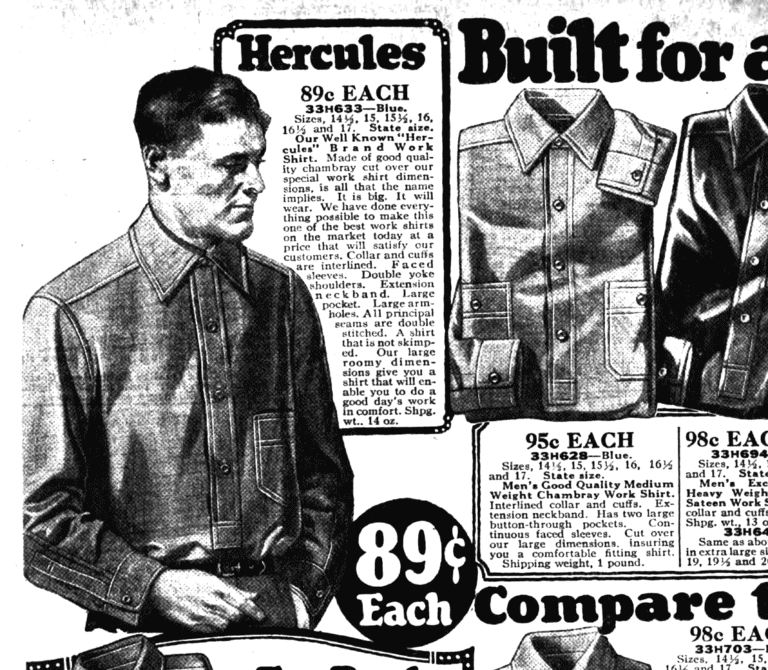










After completing secondary school in 1853, Baeyer enrolled at Berlin University to study physics and mathematics. However, he temporarily interrupted his studies to serve in the Prussian army until 1856. He then resumed his academic pursuits at the University of Heidelberg, intending to study chemistry under Robert Bunsen. Due to a disagreement with Bunsen, he switched to August Kekulé as his mentor. Even after returning to Berlin to complete his doctorate on arsenic methyl chloride, or cacodylic chloride, Baeyer continued to collaborate with Kekulé.Baeyer’s academic career included positions as a lecturer at the Gewerbeinstitut Berlin and a professor at the University of Strasbourg in 1871. In 1875, he succeeded Justus von Liebig as the Chemistry Professor at the University of Munich.
Baeyer’s chief achievements include the synthesis and description of the plant dye indigo, the discovery of the phthalein dyes, and the investigation of polyacetylenes, oxonium salts, nitroso compounds (1869) and uric acid derivatives (1860 and onwards) (including the discovery of barbituric acid (1864), the parent compound of the barbiturates). He was the first to propose the correct formula for indole in 1869, after publishing the first synthesis three years earlier. His contributions to theoretical chemistry include the ‘strain’ (Spannung) theory of triple bonds and strain theory in small carbon rings
In 1871, Baeyer discovered the synthesis of phenolphthalein, which he obtained by condensing phthalic anhydride with two equivalents of phenol under acidic conditions. He also experimented with phenol and formaldehyde, producing a resinous product that later contributed to Leo Baekeland’s development of Bakelite. Baeyer received several prestigious awards for his contributions. In 1881, he was awarded the Davy Medal by the Royal Society of London for his work with indigo. He became a Foreign Honorary Member of the American Academy of Arts and Sciences in 1884. In 1905, Baeyer received the Nobel Prize in Chemistry for his advancements in organic chemistry and the chemical industry, particularly in the fields of organic dyes and hydroaromatic compounds. He continued to be an influential teacher in the world of organic chemistry until shortly before his death in 1917.





